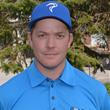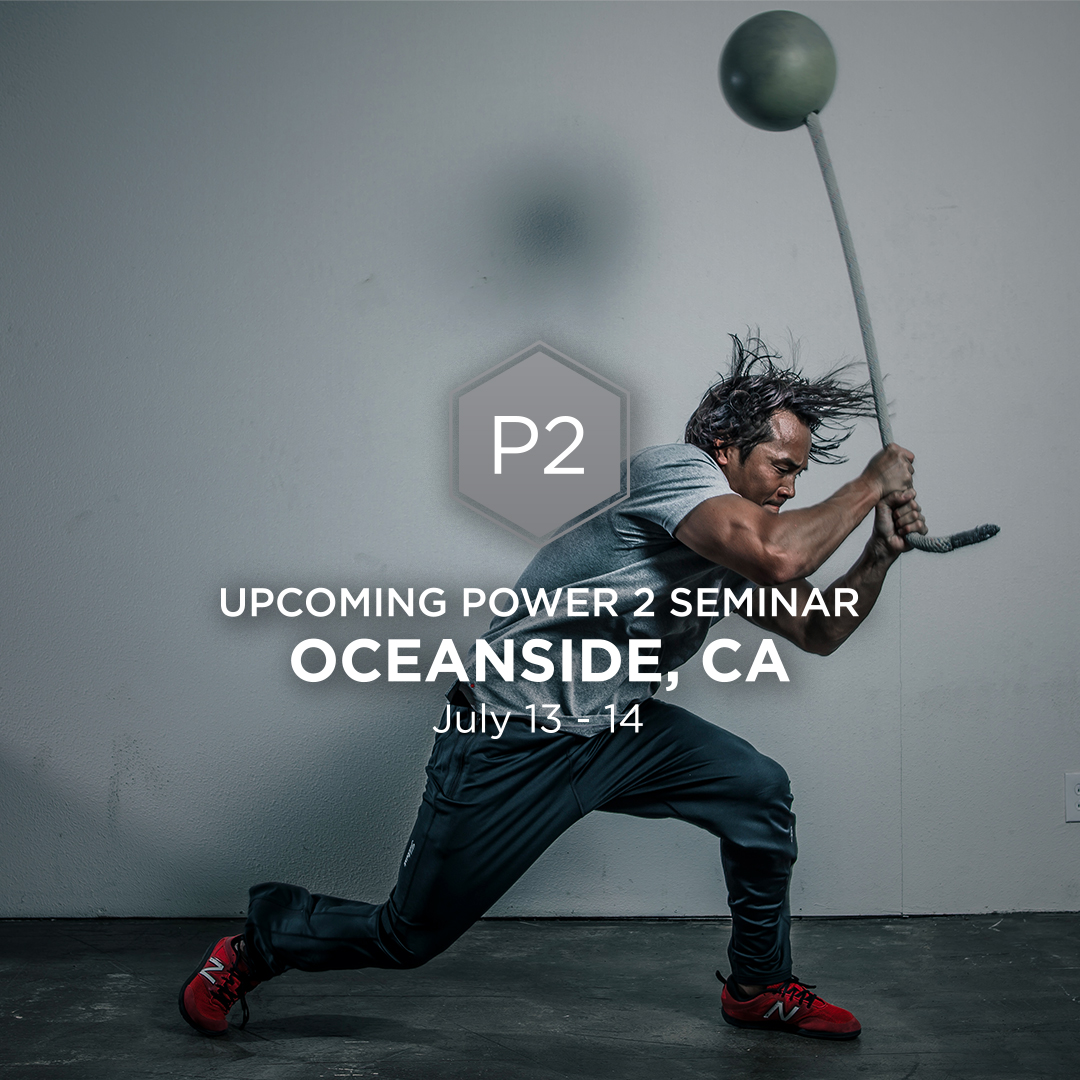IMPROVE MY GAME
Articles
Maximize the Speed You Already Have
Power Level 2: July 13 - 14, 2019 at TPI HQ
On the surface, the factors that determine how far the golf ball flies are quite simple. For men, women, seniors and juniors around the world the distance their golf ball travels is determined by how fast it is going, how much spin it has, and the angle (vertical from the horizon) at which it takes of at. Ball Speed, Launch Angle and Impact Loft (aka Dynamic Loft) are the terms used to describe these metrics.
There are a nearly infinite number of permutations and combinations of the variables that create those factors. In the Power Level 2 seminar I’m helping lead at TPI headquarters later this month , we cover everything you need to know about maximizing distance. A significant portion of the Power Level 2 curriculum focuses on what you can do physically to create more speed, but the purpose of this article - and my role at the TPI seminar - is to share how you can get the most out of what you already have.
As a golf coach my job is to deliver results, and I always want to have maximum effectiveness with minimal invasiveness. I have been running an 8 week training program helping golfers increase the distance they hit the golf ball. Every player wants to hit it further, but what many golfers don't realize is that they already have the physical tools to do it!
The first place I always start with is centeredness of impact. Of all the values that are measured by a launch monitor the biggest difference between a tour pro and an amateur is consistency of strike. Not only to professionals strike the ball closer to center on the driver, but there is a tighter dispersion to their overall strike pattern. Here’s an example of different impact patterns, from PGA TOUR player to casual golfer.
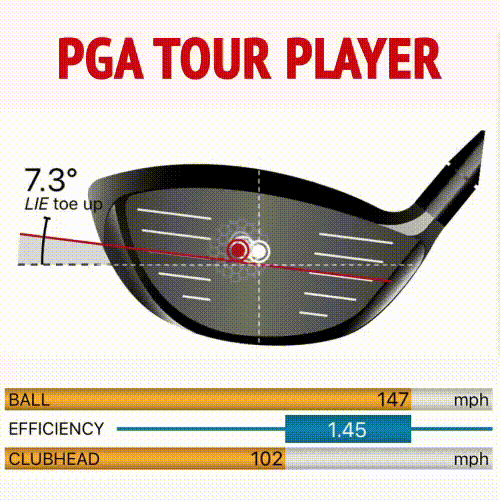
After capturing data on thousands of golfers over the past decade I can tell you that the vast majority of amateurs have the Club Head Speed needed to hit the ball significantly farther than they do. In 2011, we measured over 10,000 golfers on the course. Their average Club Head Speed was 92 MPH, but their average Ball Speed was 127 MPH. That means the average golfer is likely leaving 10 - 20 yards driving distance on the table.
One aspect that is often overlooked is poorly fit equipment. In Power Coach 2, I walk people through my standardized equipment optimization protocol. This allows coaches to understand how they can have maximum impact for each of their students. Fitting doesn’t just include shaft length, but also shaft weight. Some of the interesting findings include that only 12% of golfers tested had the fastest club speed with the lightest shaft.
Once a player is striking the ball on the center of the face we can start to fine tune launch and spin for maximum distance. The first thing we look at is called Angle of Attack. Simply put it is a measure that tells us how many degrees up, or down, the golf club is traveling relative to the horizon at impact.
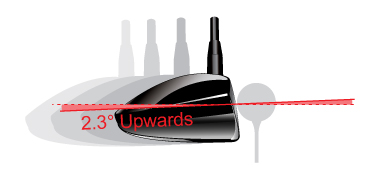
The majority of amateurs I have tested have a downward angle of attack with the driver. This is not optimum for maximizing distance. PGA Tour players will range anywhere from a few degrees down to 5 degrees up. The longest drivers on tour like Bubba Watson and JB Holmes consistently deliver the club in the +5 degree range.
The third factor that plays a key role in the Launch and Spin of the golf ball is called Dynamic Loft. Dynamic Loft is actual loft on the impact point of the club when it strikes the ball. There are two key points to understand about Dynamic Loft. It is NOT the same as the loft stamped on the bottom of your club, it is the loft on the point of impact when the club strikes the ball. It is affected by the players style of release and for a driver the vertical location of impact on the club face. Because the driver is not flat the Dynamic Loft is increased for strikes high on the face and decreased for strikes low on the face.
The relationship between Angle of Attack and Dynamic Loft is called Spin Loft. Simply put the most efficient drivers of the golf ball in the world have a fairly low Spin Loft, anywhere from 6 to 10 degrees based on their Ball Speed. What you need to know is simple; the closer the Angle of Attack and Dynamic Loft are, the faster the ball will go and the less spin it will have. The farther those two parameters are apart the slower the ball will go and the more spin it will have.
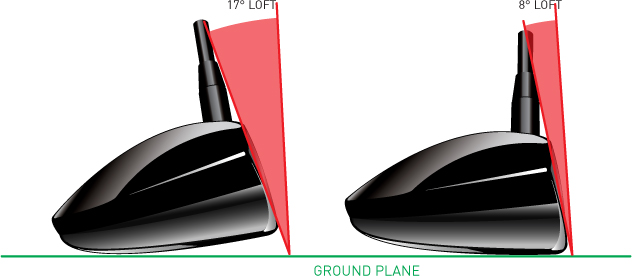
If you want the ball to go as far as possible for your club head speed then you need to have a low spin loft. The way the best drivers do this is have an upwards angle of attack while delofting the driver. I think the easiest way to conceptualize this is to think about tennis or ping pong. If you swing the racket downwards and have the face pointed up the ball is going to come off the racket at a lower speed with a lot of back spin. When the rackets player goes to hit a top spin shot the swing the racket upwards and have the racket face pointed down. This causes the ball to come off the racket much faster, and with top spin. While our golf ball will never have top spin on it I have found that this image is a simple yet powerful way for most golfers to reduce their Spin Loft and maximize ball speed while reducing spin rate.
Work on applying these concepts the next time you head to the driving range and you will be hitting longer drives in not time. To find out your ideal Angle of Attack and Dynamic Loft head to www.mygolflab.ca and enter your Club Head Speed into our Distance Optimizer and learn exactly what delivery pattern you need to maximize distance. If you are not sure what your Club Speed is the contact your nearest PGA of Canada professional to see if they have a launch monitor so you can see your numbers.
